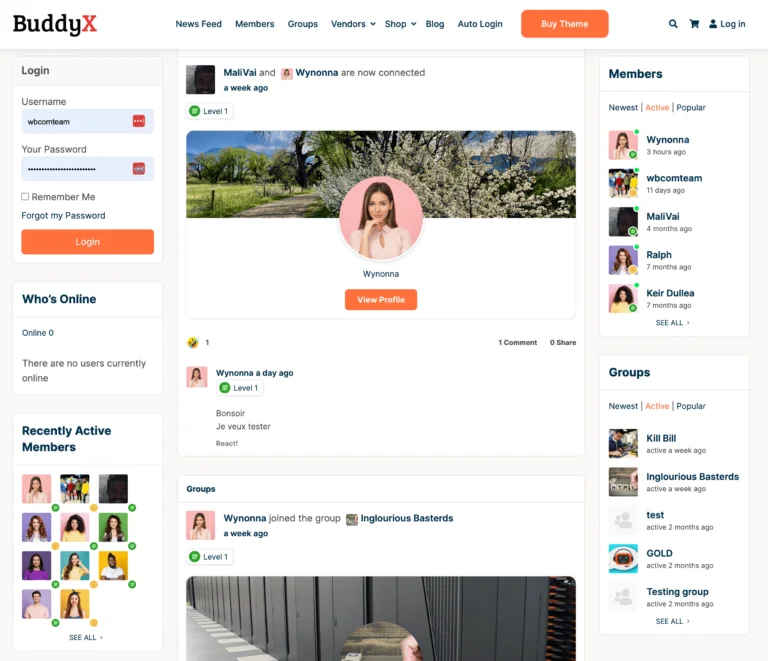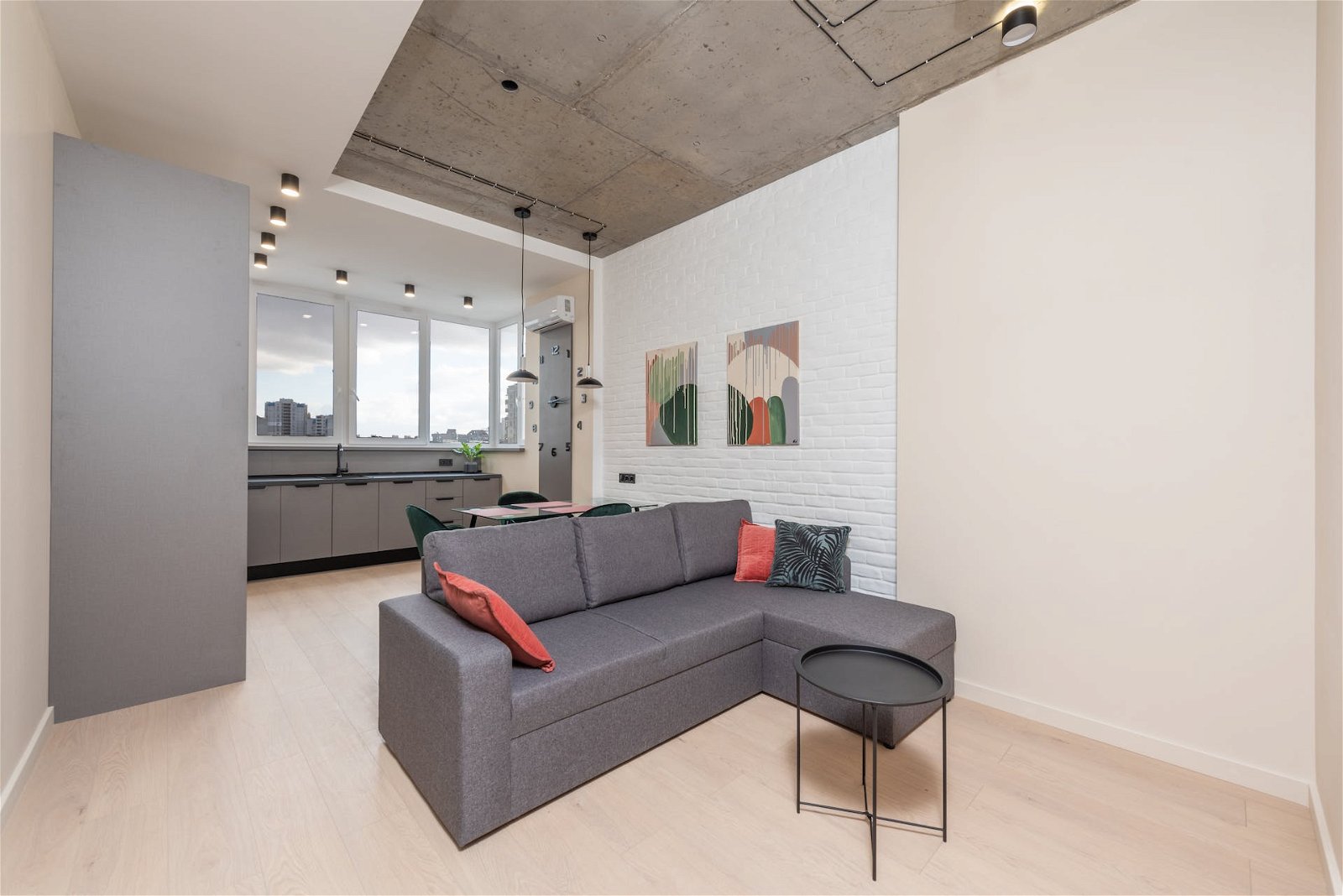In a highly globalized society that we have, the usage of a consistent design style is important for universal appeal. This mindset, often referred to as “Crafting Universal Appeal,” is driven more by economics rather than the thought of aesthetics. It is much more inexpensive to have one marketing design that would appeal to a lot of people than having to come up with designs for each individual audience group.
One design to rule them all. Which is in theory, could be plausible. It offers an easy and cost effective way of standardizing design. You are zoning into the design’s effectiveness rather than its significance. But, global appeal should not be limiting when it comes to your design.
Sure, you are aiming for a design that would be popular and easily recognizable. But, by integrating local design ideas to target a smaller or specific audience group could add a deeper dimension that could otherwise be neglected. Integrating local designs can also inject a different interpretation of what is seen as aesthetic. Aesthetics should not be perceived or evaluated by one context or viewpoint. Our attitude with design must have the fluidity of recognizing the importance of local nuances without ignoring the benefits of global design appeal.
Create an online Community Website
Checkout BuddyX Theme Demos
Buy the BuddyX Pro theme and Community Bundle Addons and create a highly engaging community platform Today!

Table of Contents
ToggleThe Importance of Local Nuances

A designer with his artistic pursuits are often molded by his life experiences. So it is only natural that his culture will be reflected in his work. Culture also subtly influences his choice of various design elements so its interpretation cannot be one dimensional. This opens up diversity in design which should be prevalent in global graphic design trends.
Culture as defined in this article would be about learned beliefs, symbols, norms, traditions, and values that are shared by a group of people. It’s ingrained in all of us. Even if under external influences, cultural identity will still show.
As a designer, there should always be a consideration when it comes to local tastes and sensibilities. Especially if you are targeting a particular group of the population. You will increase your attraction to your target audience by localizing your graphic design. This is because your target audience will feel familiarity and comfort. There is a clear understanding of the design and the target audience will feel represented.
In global design, these local nuances not only add diversity in design but also help designers understand the various cultural differences that their global audience have. As we move forward to a more globalized design space, designers need to be well-informed about nuances of cultural beliefs, behaviors and values. Mainly to avoid faux pas that could result in alienating your audience or clients. But also, to be able to integrate seamlessly on an international platform.
Examples of Local Nuances Influencing Global Trends
Globalization is not really a recent concept.
If we looked at history, we can see it happened during the earliest human migration. As human groups travel to different lands, they take with them their own values and beliefs structures. These structures are then imparted to the new human groups in new lands they’d settle in. It would then be organically adapted or modified as the two groups join together. The cycle then continues as people travel more to other places.
These sharing of cultures are further amplified by trade routes such as the Silk Road. Kingdoms and empires that were conquered also paved the way to this mixing of people and culture.The discovery of new lands via the sea route was a major step in early globalization.
In recent times, globalization mainly happens because of the media. Access to media and the internet has made sharing of ideas very easy. And with the prevalence of social media, foreign concepts are now made mainstream.
Here are some design examples.
A. Scandinavian Minimalism

Scandinavian minimalism started in the 20th century. This came about because there is a need to create functional but aesthetically pleasing furniture that is accessible to the majority of the population. The style spread further when Scandinavian designers won awards at design shows.
The style became popular due to its focus on practicality. Pieces need not only look pleasing but must have a functional role in the space.
The giant Swedish multinational retail store IKEA is one of the main forces in introducing Scandinavian minimalism to the global design stage. They are very famous with their ready-to-assemble home furniture, appliances and other home goods. Their design approach is mainly for a minimalist look that focuses on simplicity, beauty and functionality.
Scandinavian minimalism aims to make environments more comfortable, inviting and organic. It excels in combining natural elements and practicality. It often uses stone, wood, wool, cotton and greenery. Natural light from large windows is also important to create an airy space.
B. Japanese Kawaii Culture- Crafting Universal Appeal

The Japanese Kawaii Culture is not easily defined as it covers a lot of subjects and context is not definitive in all cases. A surface level introduction to kawaii culture could be denoted to concepts pertaining to sweet, childlike innocence, pertaining to adorable pretty and small things. This is especially seen in describing young women or children.
Mainly kawaii art could be found in manga, anime, toys and other merchandise. But it can also be found in idol culture, J-pop and other visual media. The popularity of this concept is attributed largely to anime and manga. And when the availability of translated copies became accessible, it gained more fans all throughout the rest of the world.
The kawaii design is known for its distinctive childlike aesthetics. It pulls strongly in terms of nostalgia, so it is quite popular. It has universal appeal and has been a great source for contemporary artists. The kawaii design is also prevalent in graphic design and artists all throughout the community are inspired by them. It has universal appeal and has been a great source for contemporary artists.
Kawaii designs are also popular in graphic design. It is one of the most popular global graphic design trends. Kawaii interface is gaining fans for its adorable and fun graphics. Social media is also big on this concept. Cute stickers and emoticons are used to evoke the kawaii feel.
You can use image editing services to have a professional help you make that kawaii pic or try doing it yourself with a background remover.
Fashion designers are inspired by this concept. They often use kawaii art style in their designs. They make cute street-style fashion by combining the elements of kawaii like bright playful colors with the edgy silhouettes of street ware. An example of this is redesigning school uniform skirts to wear as a fashion statement.
C. Indian Motifs and Patterns

If you are looking for more diversity in design, you’ll find it in the numerous motifs and patterns of India.
India has a diverse group of people with different ethnic backgrounds and traditions. As it is shown in the numerous designs that they feature in their handicrafts. The recurring shapes or colors are as indicative as of their architecture or decoration.Every pattern or motif has symbolism. The designs are inspired by legends, nature and beliefs.
The world has seen this through their textile. Many motifs are expressed in different forms or details. They create patterns of lattice-like networks, a garden of flowers, an exotic forest or a galaxy of stars.
These beautiful textiles have inspired artisans and designers to incorporate a rich palette of traditional Indian motifs in their design. Thus, keeping the traditional concepts alive but evolving to further enrich its significance.
Challenges in Integrating Local Elements in Global Design

Integration does come with its challenges. You are taking in a foreign concept and spreading it to the mainstream. It can either go well or not at all. Sometimes it would take for the concept to be accepted, so patience could be a virtue.
But in its application, you should be wary of some things. There should always be a sense of delicacy in integrating local elements in global design. Committing a faux pas because of misunderstanding could be catastrophic.
Here are some thoughts you should keep in mind.
A. Avoiding Cultural Appropriation
It all comes down to understanding and respect.
Appropriation happens when you adopt elements of a certain culture without respecting or understanding the culture it originated from. Some arguments would say that they are appreciating the culture and no disrespect is meant. But, it could still be damaging to these minority groups seeing their cultural heritage being used without context and respect.
Gaining more knowledge of other cultures would give you an idea how to avoid appropriation. Be exposed to other ideas, concepts and beliefs that other cultures have. If you can, travel to this places and be immersed in the environment.
Do not be limited by stereotypes. They do not give an accurate portrayal of people. Often than not, these stereotypes are made to make fun of other cultures.
You should be respectful of other cultures. You may not understand them fully but this doesn’t mean that you can make light of them. Respect is a two-way street. Be mindful of your manners.
Also Read: 3 Major Benefits of Test and Learn Culture
B. Striking the Right Balance
Localizing your global design must not result in alienating your global audience. Too much local design integration can result in misunderstanding or worse. Your audience might nor understand it at all and would choose to ignore you. You need just the right amount of localized flair to offer a diversity in design but still have that global appeal.
You are aiming for a meaningful visual experience for different locales but still have that global community feel.
Tips for Designers- Crafting Universal Appeal

The following are some tips you can use for a seamless integration of local elements to your design.
A. Research and Collaboration
In order to grow and advance your knowledge of these local elements, you need to thoroughly understand its culture and origins.
Study the culture not only for the facts but also to gain a thorough appreciation. Immerse yourself with the culture and not just be an observer. You can learn more if you experience it yourself.
Collaborate with different people. Learn from their experiences. Get their feedback to have a more rounded knowledge.
B. Iterative Testing- Crafting Universal Appeal
You should do iterative testing before releasing a design.This is to make sure that the design has the desired effect and can be used as it is intended to.
You can then do small or gradual changes to update the design based on the feedback that you will receive. This is a trial-and-error method so there would be a lot of repeated changes. But, keep in mind that this is done to improve your design.
Use different markets based on demographics and see the feedback. The design might not need the change but the intended market.
C. Engaging Local Artisans and Experts
Work with the local artists to have a feel of the authentic design. These are people who have studied and worked their crafts for a number of years. Learn from their expertise. They might even let you in their trade secrets.
Also Read: Ways To Successfully Pitch Business Ideas To Convince Clients
The Rewards of Blending Local and Global

A. Unique Brand Identity- Crafting Universal Appeal
Like any brand, you are aiming to be noticed amidst the thousands of brands in the market. It is quite hard since you are competing in a very dense space. But having a distinct design could help you gain that attention.
If you have done well in incorporating these local design elements, you’ll also gain an appreciation of the culture the design originated from.
B. Inclusivity and Diversity
People are the center of design. They are the creators and at the same time, they are the audience. If we want to make a design that is universally appealing, there should be inclusivity and diversity.
Our different backgrounds and experiences create a well-rounded design. It adds more context. They increase our awareness of different concepts and opportunities. There is also the representation of the different communities that we have.
We need to make sure that our designs are implemented in culturally appropriate relevant ways.
Conclusion on Crafting Universal Appeal
Globalization doesn’t mean to have one standard.
It should be a gateway to a plethora of concepts and beliefs that the world should share together.The world is full of diverse people. And, with this diversity comes contrasting ideologies and varieties of cultural backgrounds.
There should be diversity in design. It is important that in a globalized society that our viewpoints represent all members of our communities. They offer a diverse and rich perspective. It adds more meaning and interpretation to the world we live in.
Do not be limited. The world is more that you can possibly see and experience in a lifetime. But by being open and understanding of other people’s cultures, you’ll learn enough to appreciate the diversity.
As a designer, it is an integral role to let people see the different shades of the world. Show them how beautiful the world is when all the colors are present.
| Author’s Bio | |
| Jacqueline Aguilar, Removal.AI
Jacqueline Aguilar has a degree in Communication Arts and is an avid reader. Writing comes second in her list of passions. She has an interest in Photography, Film, Music, and Tech. Currently holding a desk job and is writing content marketing as a creative outlet. |
|
Interesting Reads:
The Definitive Guide To Google Analytics 4! Everything You Need To Know






